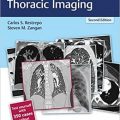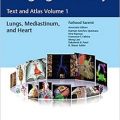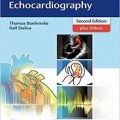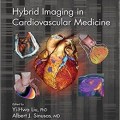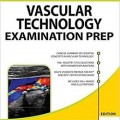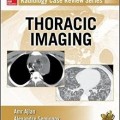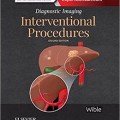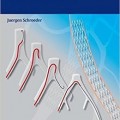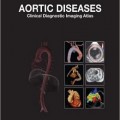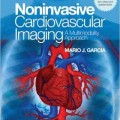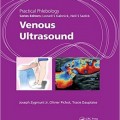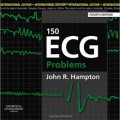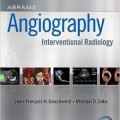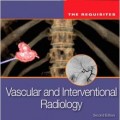دانلود کتاب خودآموز الکتروکاردیوگرافی وانگ
ECG Self-Study Book, 1ed
ECG Self-Study Book is a practical guide to help trainees interpret ECGs and recognise cardiac abnormalities. Divided into thirty sections, each part describes twelve cases illustrating a related set of abnormalities seen in different heart diseases, along with their interpretation. The book presents 400 practice ECG tracings, with explanations and diagnoses for reference. Key features of each tracing, logic behind the ECG findings and their clinical relevance are emphasised to help understanding. Many cases include multiple choice questions or require trainees to draw a ladder diagram for practice. Written by internationally recognised Professor K Wang from the University of Minnesota, this book is an invaluable reference to help trainees learn and practise accurate interpretation of ECG findings and correlate them with clinical diagnosis. Key points * Practical guide to help trainees interpret ECGs and recognise cardiac abnormalities * Presents 400 practice ECG tracings with detailed explanations and diagnoses * Multiple choice questions and ladder diagram drawing practice included in many cases * Authored by internationally recognised Prof K Wang from University of Minnesota
ECG is a simple diagnostic tool which provides a wealth of clinically useful information. It is rather timely, after the publication of the book Atlas of Electrocardiography, to publish this work, ECG Self-Study Book, as a companion to it. In this self-study book, I compiled over 400 practice tracings representing nearly all clinical entities we commonly encounter. Each page has an ECG tracing for you to analyze. Some have multiple choice questions and some require drawing a ladder diagram. Answers or diagnoses and discussions are in the bottom of the tracing for you to compare with yours. Salient features of the tracing, the logic behind the ECG findings, and the clinical relevance of the findings are emphasized.
The book is divided into 30 sections, each section containing 12 cases. The idea is that if one studies one section each day, one would finish the book in 30 days. Of course, one does not have to follow the schedule.
It is hoped that, after practicing on these tracings, one would feel more comfortable in dealing with ECG. Not only does it becomes easier to pick up subtle findings but also understand why the ECG findings manifest the way they do, what is happening to the patient, and what to do about it. In so doing, one would be better prepared to deliver better patient care, which, after all, is what matters. In so doing, the patient care becomes more enjoyable.
About the Author
K Wang MD FACC Clinical Professor of Medicine, Cardiovascular Division, Department of Medicine, University of Minnesota, Minneapolis, Minnesota, USA
Reviews
Reviewer: Leeor Jaffe, M.D.(Ochsner Clinic Foundation)
Description: This book contains over 400 high quality ECGs encompassing nearly all the major ECG findings that one would expect to encounter in clinical practice. The book is unique in the way it presents the material purely as a series of ECGs with short explanations.
Purpose: The purpose is to familiarize readers with all the major ECG findings. This is indeed a worthy objective since ECG remains one of the most ubiquitous diagnostic tools. The ability to accurately interpret an ECG is critical for physicians in many fields. The book meets this objective in the most straightforward way possible. It presents ECGs with short explanations, allowing readers to easily and quickly assimilate the information.
Audience: This is suitable for residents and fellows in the fields of cardiology, internal medicine, emergency medicine, family practice, and surgery. It is somewhat too concise for a medical student who likely requires more in-depth explanations. Conversely, it may be somewhat elementary for seasoned cardiologists. For those in between, it is an excellent resource.
Features: The book covers nearly every arrhythmia or ECG finding that one would expect to encounter in clinical practice. Common ECG findings are well represented while less common and more subtle ECG abnormalities may only appear once in the book and receive only a cursory explanation. The book shows ECGs with questions to prompt self study. It also provides short but complete explanations about all ECGs. The only shortcoming is the lack of in-depth explanations of ECGs and pathophysiology. However, this is a minor shortcoming since this is not the purpose of the book.
Assessment: This is a high quality compilation of ECGs demonstrating most of the common cardiac electrical abnormalities seen in clinical practice. It distinguishes itself as a straightforward, easy to digest, self-study reference. It successfully sheds extraneous information while retaining educational value. It is a good as a standalone ECG reference and even better as a companion to a more extensive, in-depth ECG publication.


























